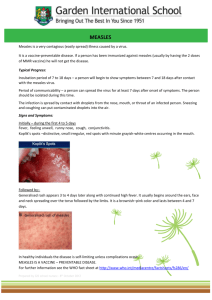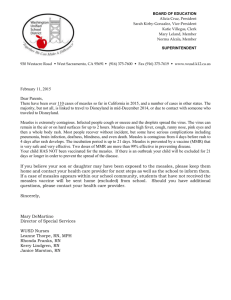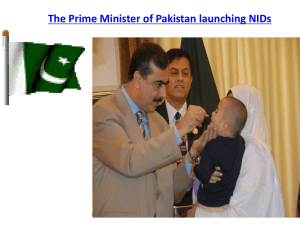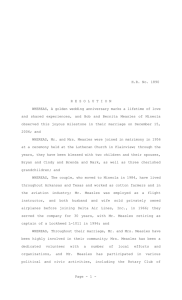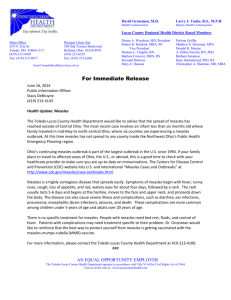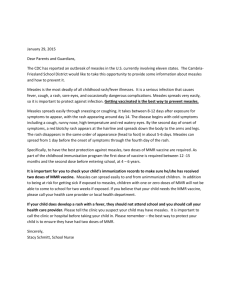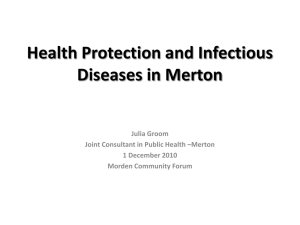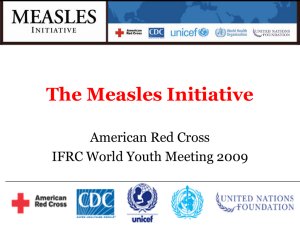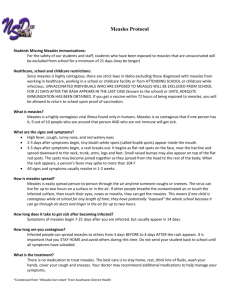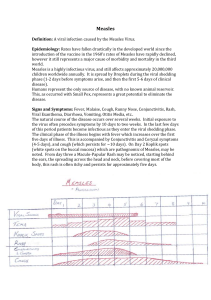Measles
advertisement
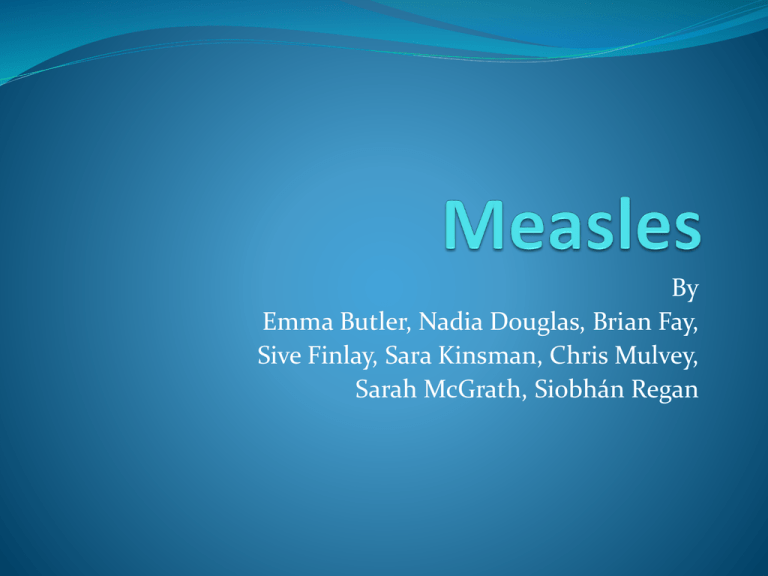
By Emma Butler, Nadia Douglas, Brian Fay, Sive Finlay, Sara Kinsman, Chris Mulvey, Sarah McGrath, Siobhán Regan What is Measles? • • • • An infection of the respiratory system Caused by the Morbillivirus Transmitted through respiration Symptoms: fever, cough, rash koplik’s spots Diagnosis & treatment Clinical diagnosis requires a history of fever of 3 days, with at least 1 of: cough, cold, conjunctivitis Koplik’s spots are diagnostic, but not always seen No specific treatment Evolution of measles Evolved from the rinderpest virus in the 11th and 12th centuries Thought to have evolved in an environment where cattle and humans lived in close proximity 1st scientific description by Muhammad ibn Zakariya arRazi Historical treatments Ancient Egypt Mythology Herbal treatments Ancient Rome Mythology Herbal treatments American Indians Disharmony Medicine men The Dark Ages & Medieval Era Proper obedience to God and the will of the Church Dirty water : to keep a baby from growing up sickly Rabbits foot: to prevent disease Leeches Bleeding : “draining out” the illness Roasted mice Homeopathy & Measles In Eastern medical philosophy, poisons are believed to accumulate in the baby's body during life in the womb. Changes in your child's behaviour. Measles strengthens the immune system. Virgin population that has never experienced the disease. Fiji 1875 • • • • Measles epidemic killed over 40,000 people Increased visiting vessels and shorter travelling times – from Australia rather than England No natural immunity – used as evidence for natives being less evolved Extrinsic factors increased the severity • vitamin A deficiency • coinfection with pneumonia and diarrheal disease • starvation – hurricane and unable to gather food due to the epidemic • refusal to accept the risk – similar to HIV in the 1980s Native American Indians Measles introduced to the Americas by Old World settlers beginning with the Voyages of Columbus in AD 1492 Separate evolutionary histories for host-pathogen relationships prior to Age of Exploration Lack of immunological memory increased risk of infection, morbidity and mortality “Virgin-soil” epidemics Native American Indians Old World diseases preceded contact by actual explorers Populations already decimated by the time Europeans settlers attempted to colonise Intensified reactions to measles vaccine observed in unexposed populations of American Indians to this day Intrinsic & Extrinsic Drivers • The intrinsic and extrinsic driving factors of measles are well characterised. • Earn et el (2000) used a seasonally forced SEIR model to demonstrate how changes in complex dynamics could be predicted, with just knowledge of population size and vaccination rates. Intrinsic & Extrinsic Drivers From studies similar to that of Earn et al (2000)- intrinsic and extrinsic factors of measles are not mutually exclusive of each other Interactions between 1. Intrinsic, nonlinear dynamics and 2. Extrinsic, seasonal cycles Drive the disease and influences the epidemics Cyclical Nature of Epidemics Any Questions?
